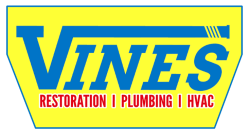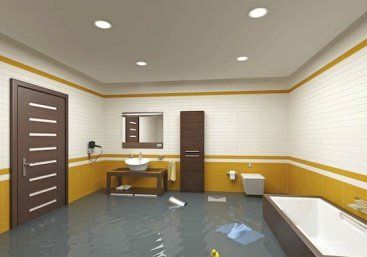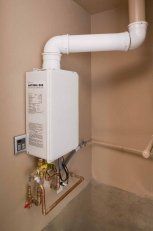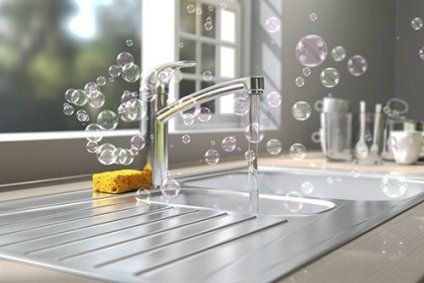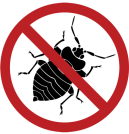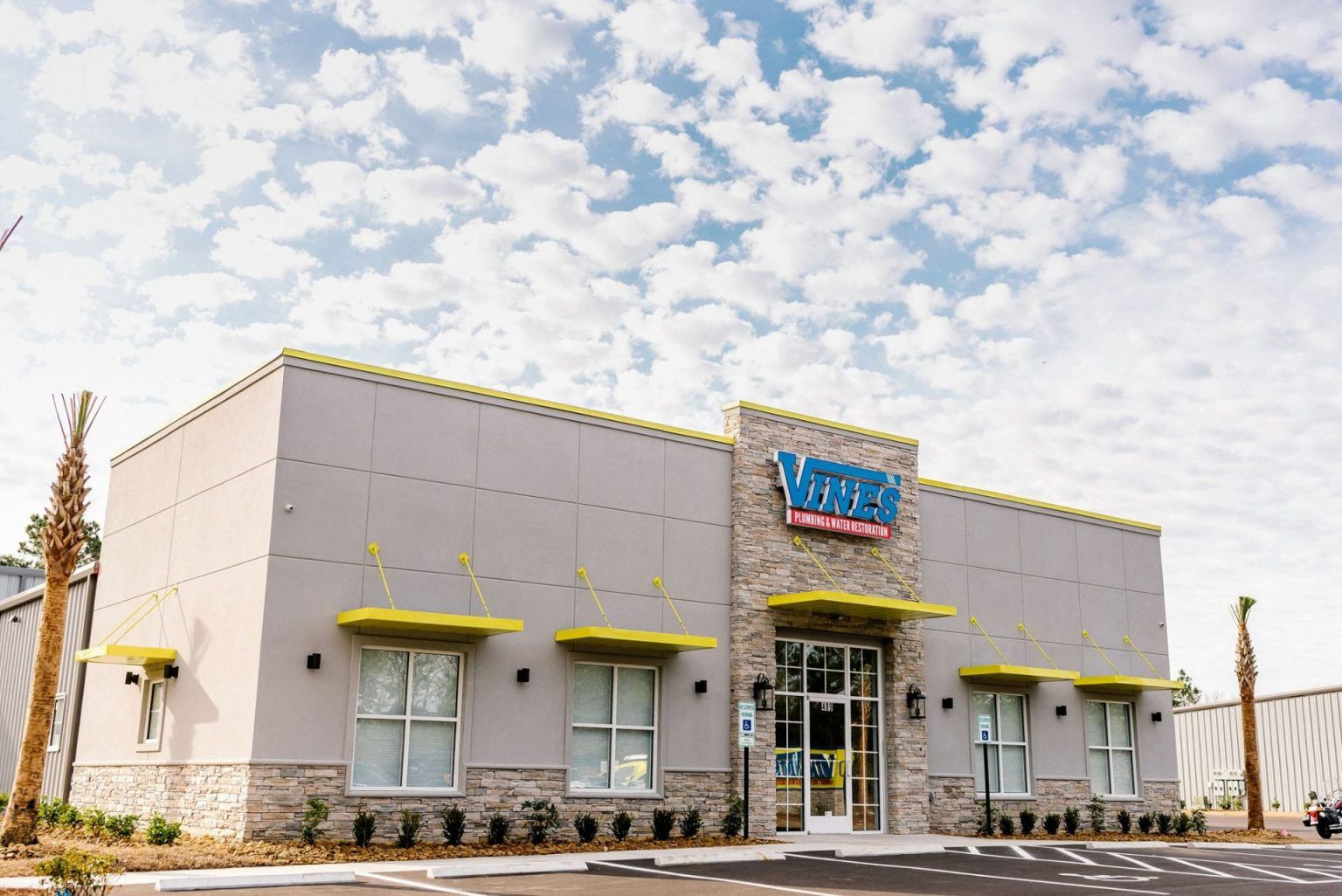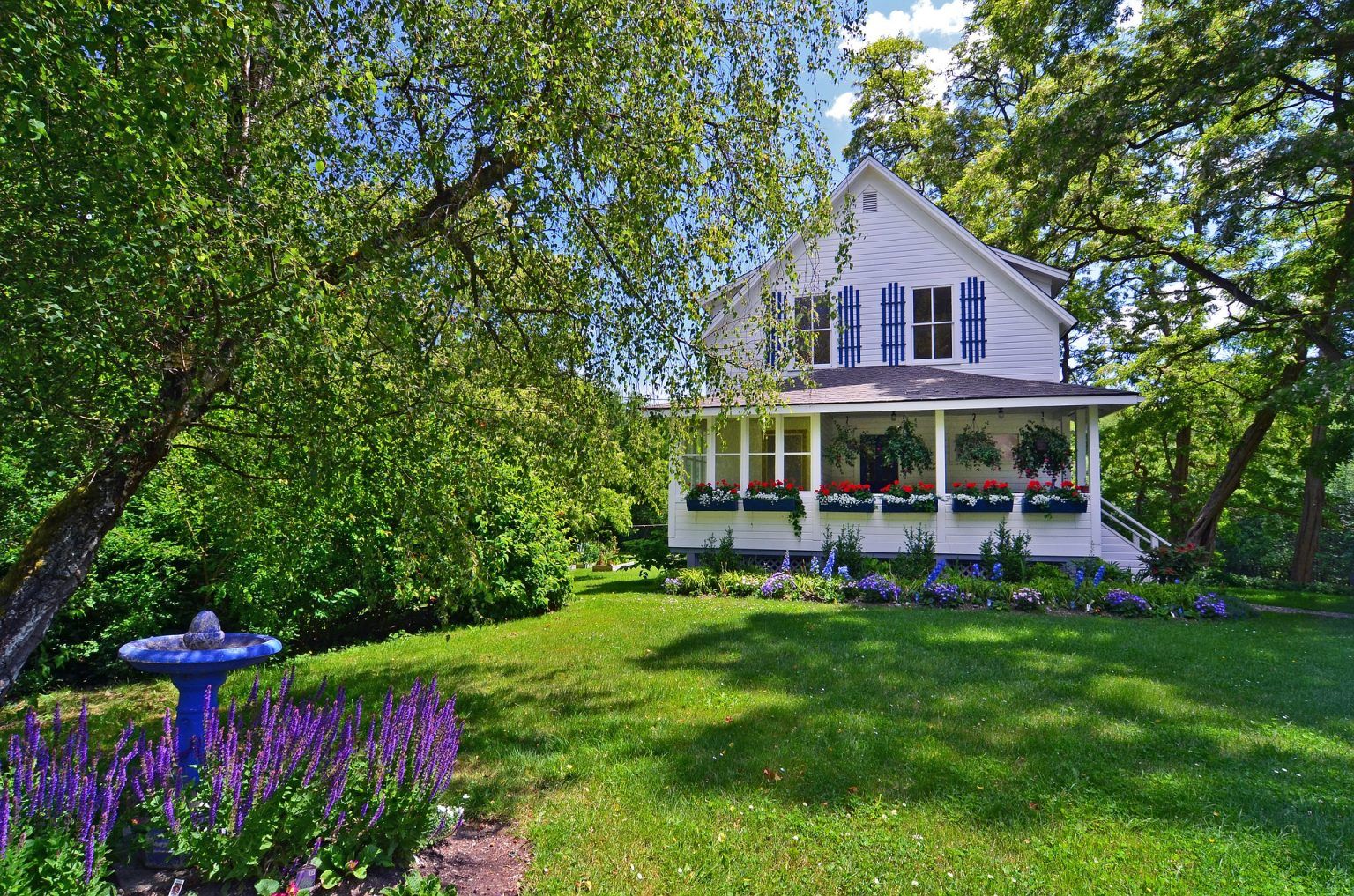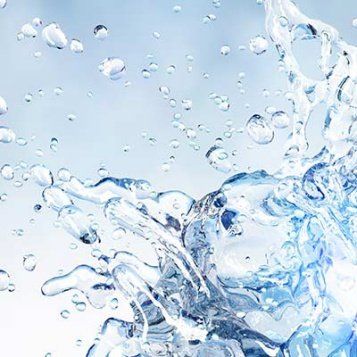What to do After Water Damage Happens in Your Home
Most homeowners never anticipate having to deal with water damage, although it is more common than most people may realize. Some types of water damage are not preventable, although knowing what to do in the aftermath can be a tremendous benefit. Here is a look at what to do after sustaining water damage.
Safety first
The first priority in any situation is to ensure the safety of everyone in the home. If a pipe bursts or something else springs a serious leak, make sure the power is turned off before you start sorting through the mess. This will prevent any appliances from shorting out, shocking anyone in the home or starting a fire.
Find source of leak
It is easy to identify the source of a leak when a pipe bursts, but the source of water damage is not always easily identifiable. Some of the most severe water damage can occur from a slow leak which spans lengthy periods of time. If it is too tough to detect, contact a plumber right away.
Out with the wet
It is recommended to remove any furniture or carpets that sustained damage. A little splash of water is not going to ruin these items, but severe water damage might just make them unsalvageable.
Contact insurance company
There is always a chance that your homeowner’s insurance will cover the cost of water damage. However, it is important to not delay this process. There are steps for contacting individual insurance companies and reporting the damage Get to know that process beforehand.
Dry out
As long as there are no frigid temperatures outside, it is a good idea to air out your home. Opening up the windows and doors will help dry out the inside of your home. This process can be accelerated by bringing in fans and letting them run on high.
Consider a Remodel
Some water damage may be just too much for some patchwork to fix. If the damage occurred in the bathroom, then you could consider a bathroom remodel This option may be more intriguing if your insurance company assumes financial responsibility.
Look for other warning signs
There is no reason a little bit of water damage cannot turn into a lot. Do a once over in and out of the house. After checking all the water supplies in the house, looks outside for wet soil on the ground or any signs of rust stains as they can be strong indicators that there’s a bigger problem.
Contact Vines Plumbing for any other questions about water damage to your home.
